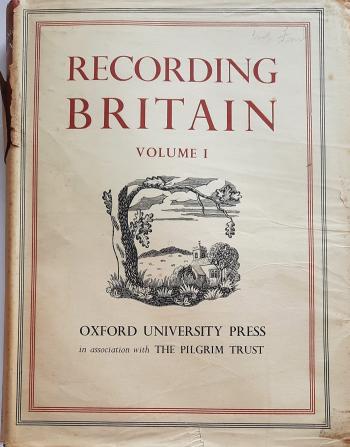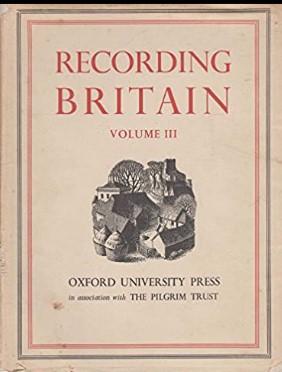Recording Britain
Soon after the outset of the war in 1939, the idea was mooted for the production of an artistic record of the British landscape. This was to be done in anticipation of its probable large-scale destruction, not only by enemy bombing but also by the changing practices of the farming industry and the commercial ravages created by planners and developers. Initiated by Sir Kenneth Clark, then Director of the National Gallery – who also foresaw the need to provide work for artists in wartime – the scheme was established in conjunction with the Ministry of Labour and the Pilgrim Trust. The latter provided funding of £6000. Artists were commissioned to record the life and spirit of the country's towns and villages, their colour and atmosphere, with instructions to note especially any remarkable local features that might be under threat. Between 1940 and 1943, some 97 artists produced over 1500 topographical watercolours and drawings covering 32 English counties and 4 Welsh counties many of which are held by the Victoria & Albert Museum. Northern Ireland was not covered, only four Welsh counties were included and Scotland was covered under a separate scheme.
Many of the artists chosen for the work were established names, such as Rowland Hilder, Barbara Jones, Kenneth, Rowntree, John Piper and William Russell Flint, but commissions also involved unknown artists whose names often went unrecorded. Exhibitions of the works were held in 1941 and 1942, and in 1943 responsibility for the collection was passed to the V&A. Subsequently many of the paintings were passed to provincial galleries. Fifty years on, in 1992, an exhibition of the collection was brought together by the V&A, which was shown initially in London and subsequently toured the provinces. A book entitled Recording Britain: A Pictorial Domesday of Pre-War Britain was published by David & Charles to coincide with the exhibition. For many years, the majority of the collection was on loan to councils and record offices in each depicted county until recalled by the V&A around 1990. The pictures now form a memorial to the war effort and a unique record of their time.
Get Unlimited Access from just £5



